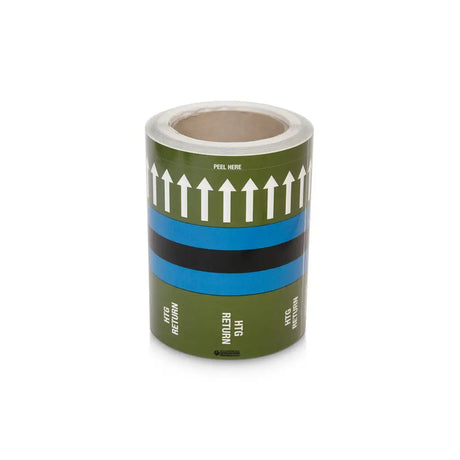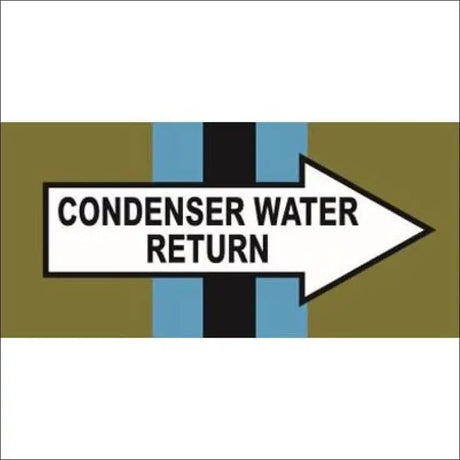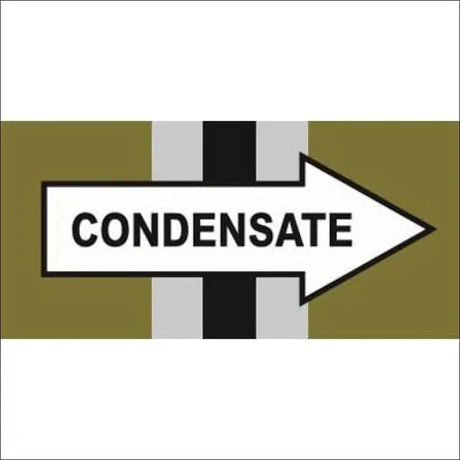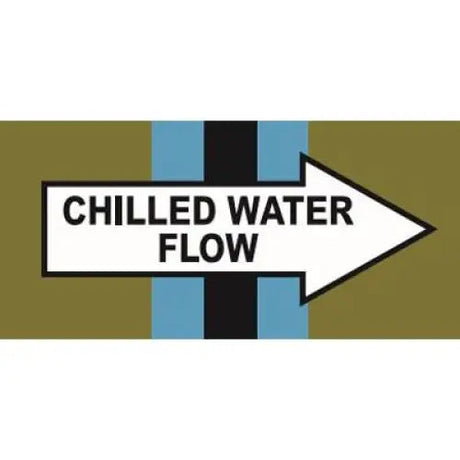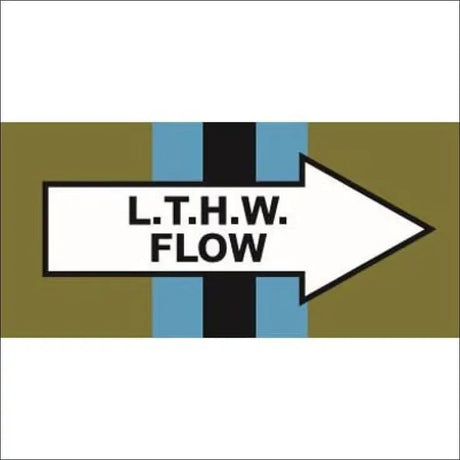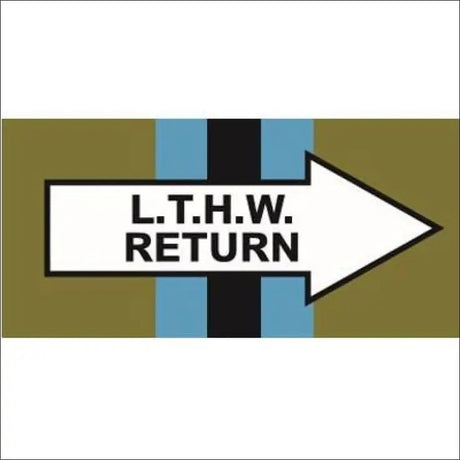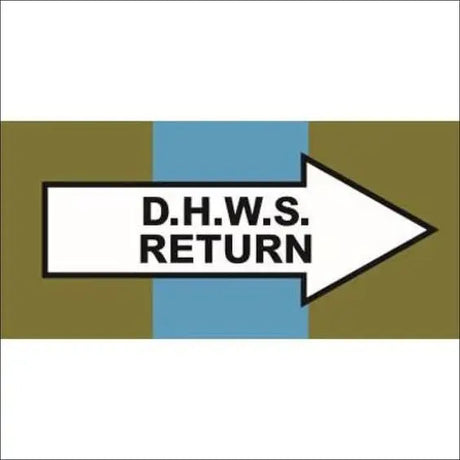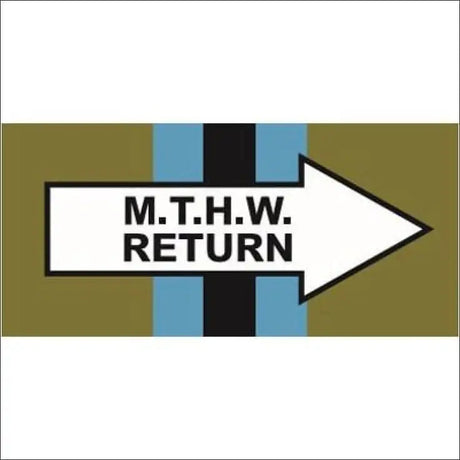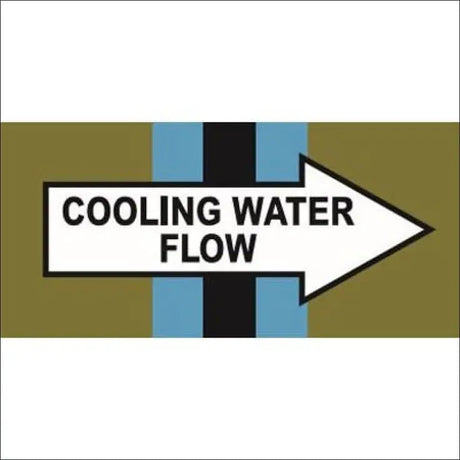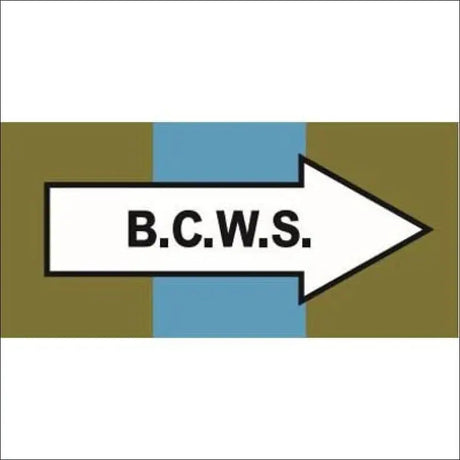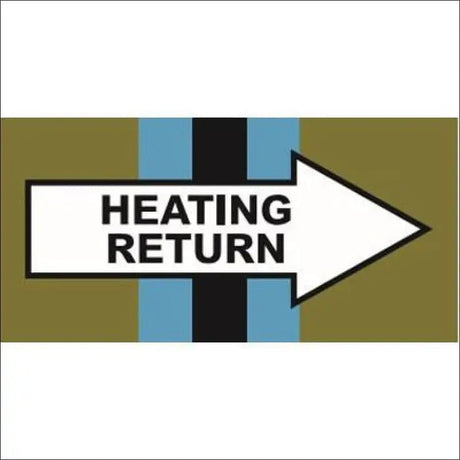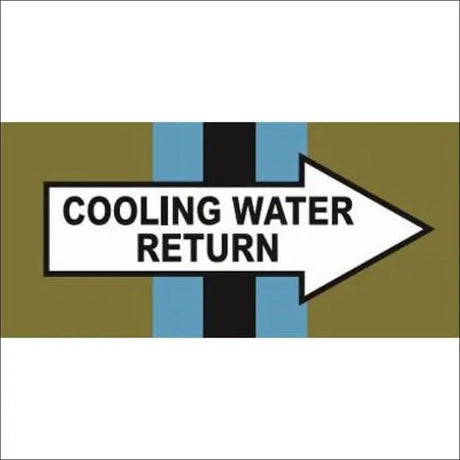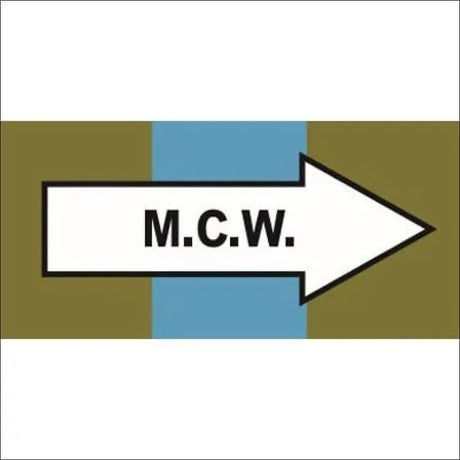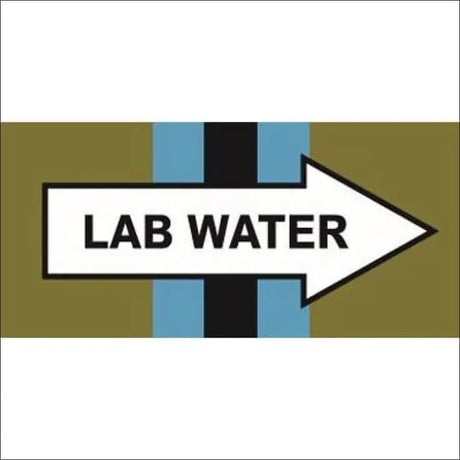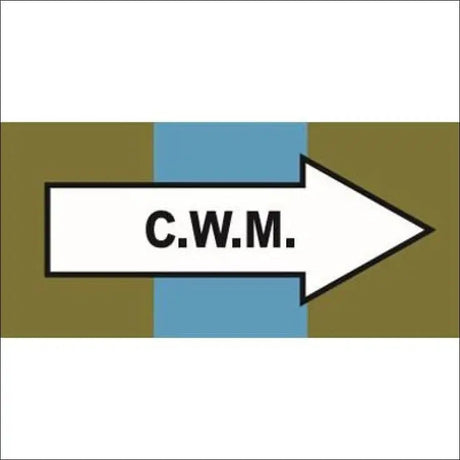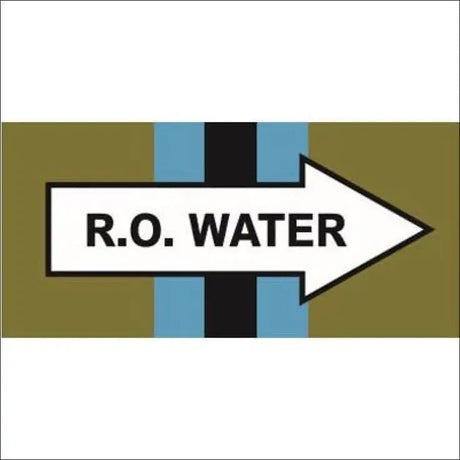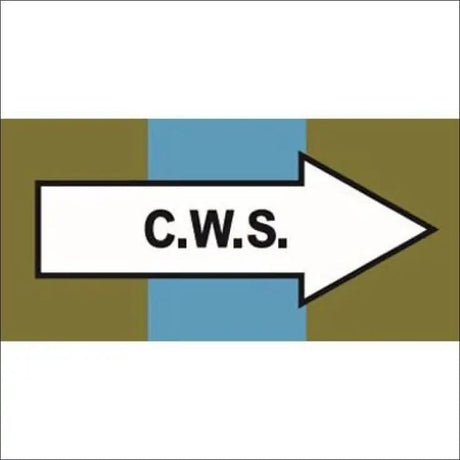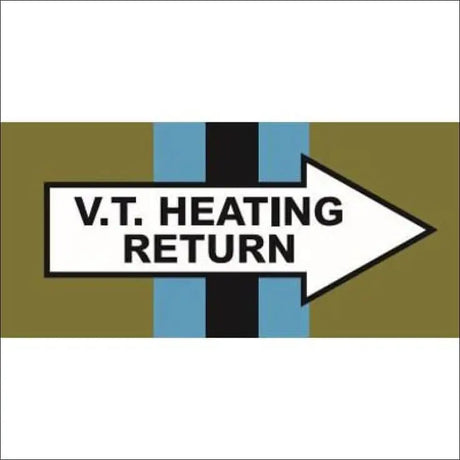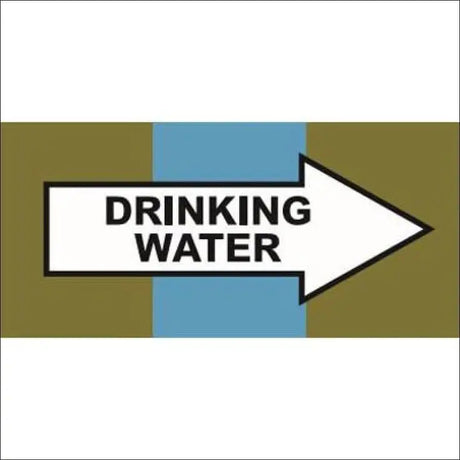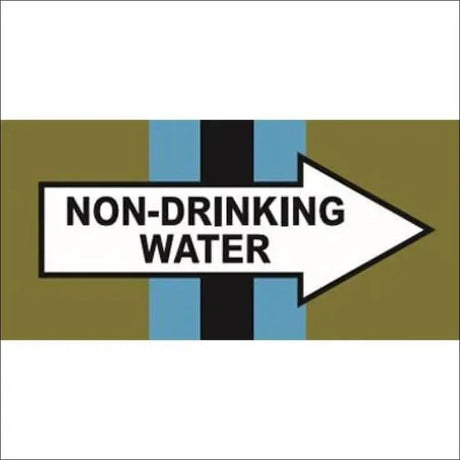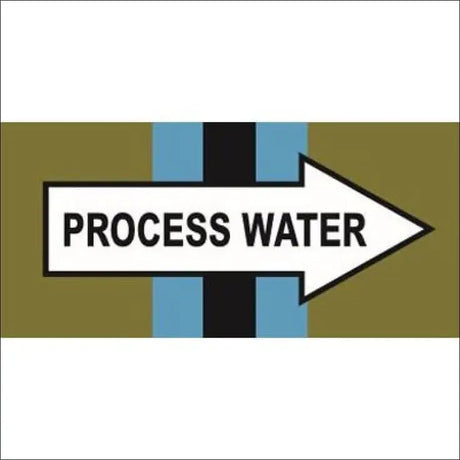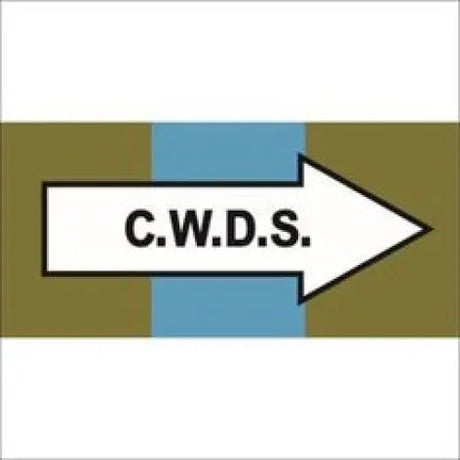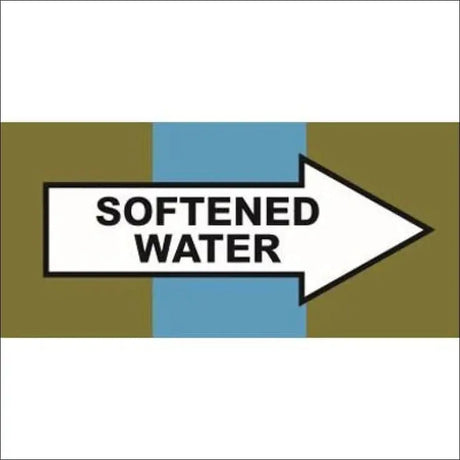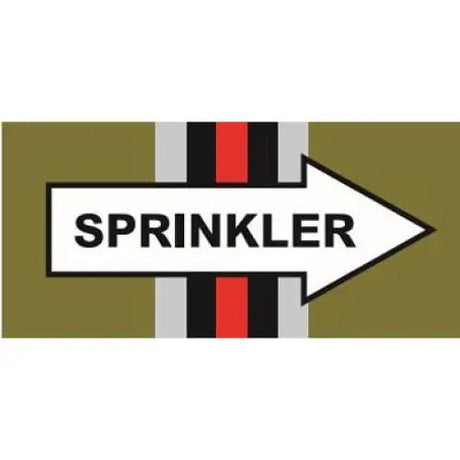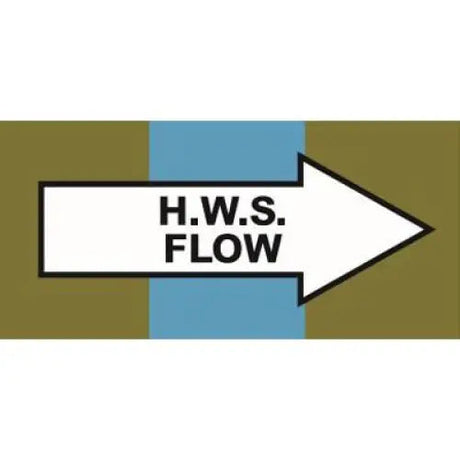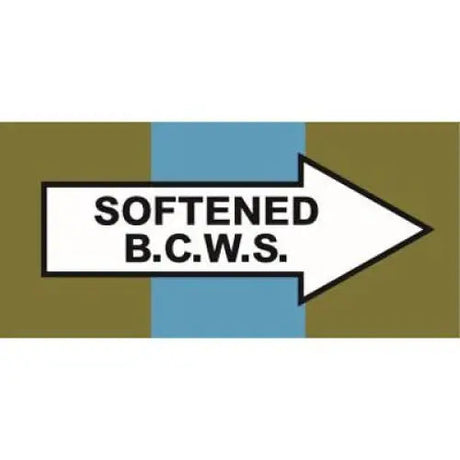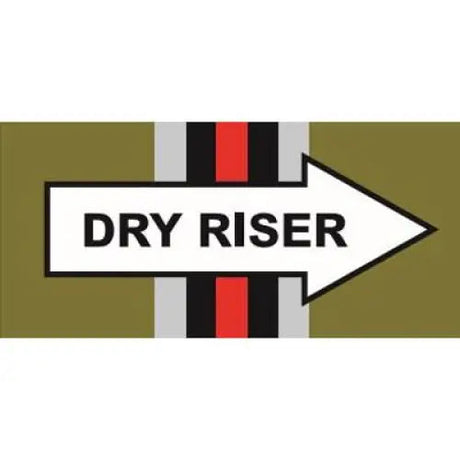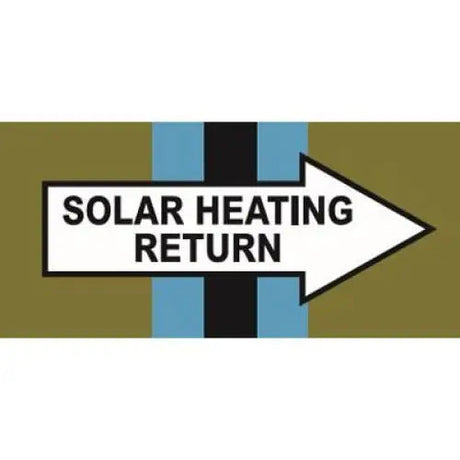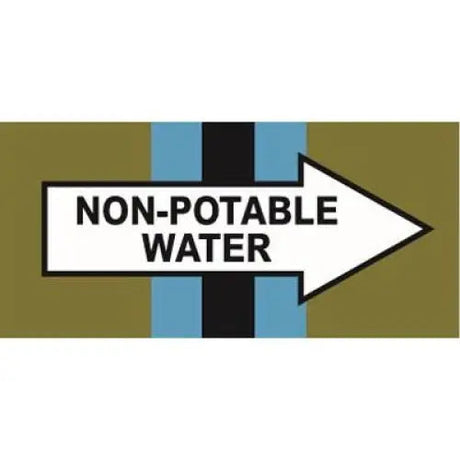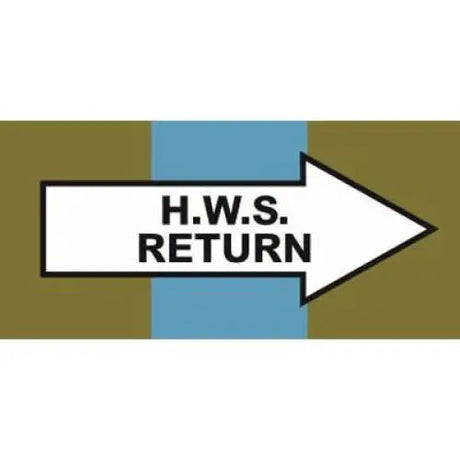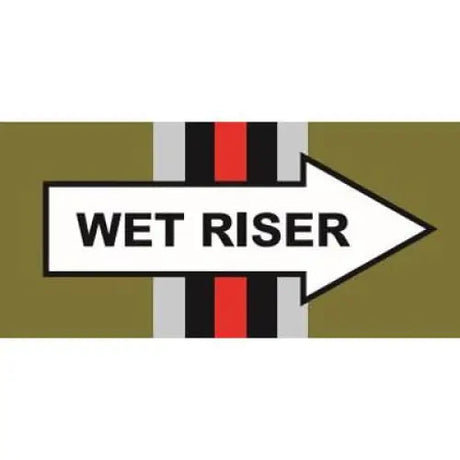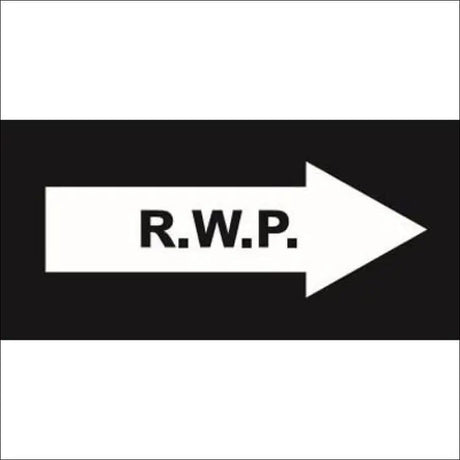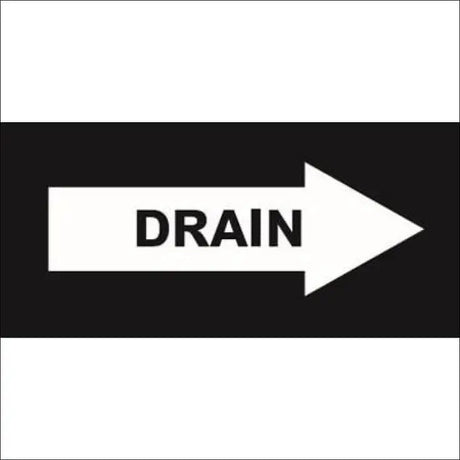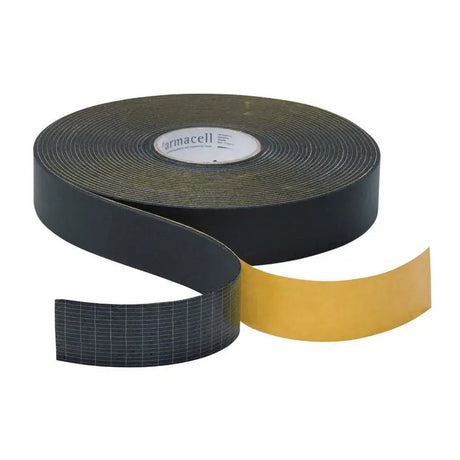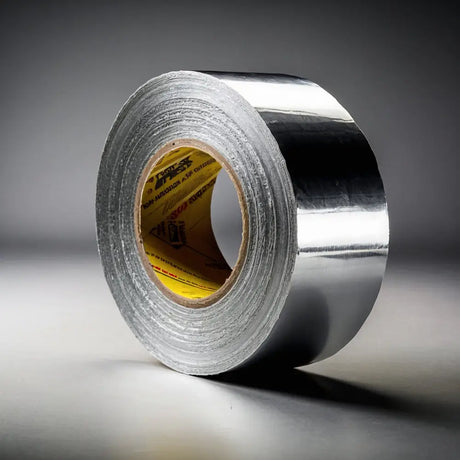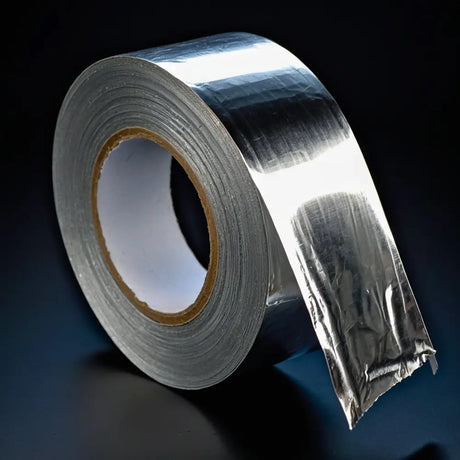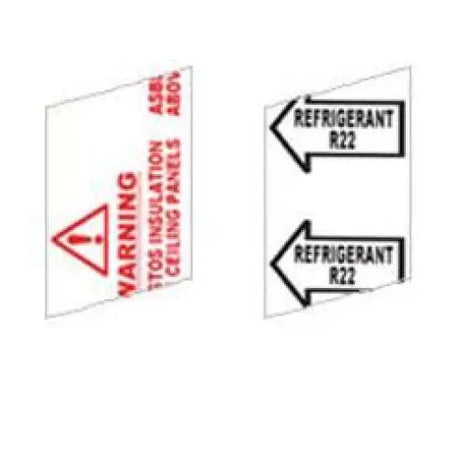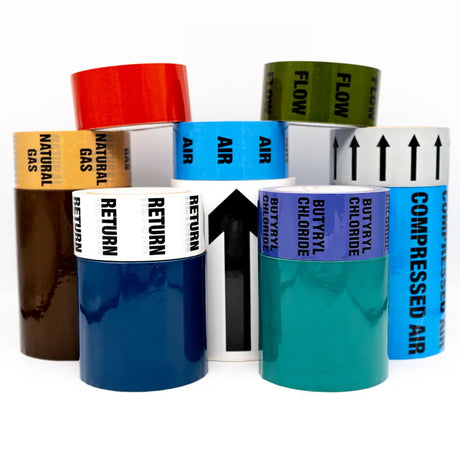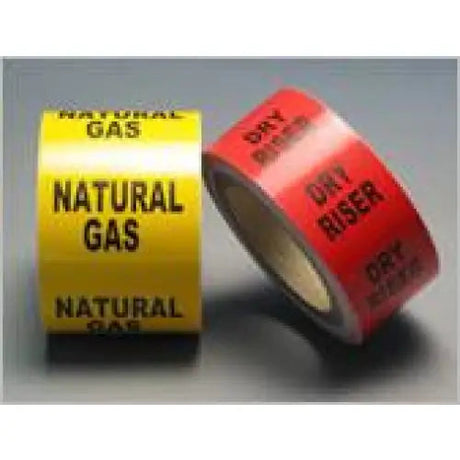Sealant Safety and Handling
In the realm of construction and DIY projects, the use of sealants is as common as a cuppa on a work site. But have you ever stopped to think about the potential risks and hazards associated with sealant use? It's not just about smearing on some goop to stop a leak; it’s about understanding the chemistry of the products we use and respecting their potential dangers. Taking a moment to consider safety can be the ounce of prevention that's worth a pound of cure.
Understanding Sealants
Sealants are the unsung heroes of the construction world, plugging gaps and preventing the elements from wreaking havoc. But, what exactly are these sticky saviours, and what are they made of?
Silicone Sealants
Picture a rubbery substance that can laugh in the face of water, temperature changes, and even UV rays. That's silicone sealant for you! It's like the superhero of sealants, often used in bathrooms and kitchens because it's a dab hand at preventing mould and mildew.
Polyurethane Sealants
Next up, we have polyurethane sealants. Think of them as the strong silent type. They're tough, they're flexible, and boy do they cling on. Perfect for areas that need to withstand a bit of rough and tumble, like floors and pavements.
Acrylic Sealants
Finally, let's not forget about acrylic sealants. They're the cost-effective chaps of the sealant world. Not as robust as their silicone and polyurethane cousins, but they do a sterling job for indoor projects where the stakes aren't as high, and the budget's a bit tighter.
Safety Precautions Before Use
Before you dive into your next sealing project, hold your horses. Safety first, right? Let's make sure we've got all our ducks in a row.
Reading and Understanding the Manufacturer's Instructions
"You must be joking; who reads the instructions?" Well, savvy DIYers do, and so should professionals. Manufacturer's instructions are like a treasure map, guiding you to the safe and effective use of the product.
Checking the Expiration Date and Condition of the Sealant
You wouldn't drink milk past its sell-by date, so why use outdated sealant? A glance at the expiration date could save you from a world of sticky trouble.
Assessing the Suitability of the Sealant for the Intended Application
Not all sealants are created equal. Using the wrong type can be like trying to fit a square peg into a round hole. Make sure your choice is fit for purpose.
Personal Protective Equipment (PPE)
When handling sealants, donning the right PPE is not up for debate. It's a must, like wearing a seatbelt in a car.
Gloves
Imagine getting sealant on your hands – it's stickier than a toffee apple. Gloves are your first line of defence. They keep your mitts clean and protected.
Safety Goggles
You've only got one pair of eyes, and safety goggles keep them safe from splashes. Because let's face it, you don't want to be crying over spilt sealant.
Respiratory Protection
Inhaling fumes from sealants can be as harmful as a car exhaust in a closed garage. A good respirator can be the difference between a job well done and a trip to the hospital.
Ventilation Requirements
Are you working in a space that's as tight as a drum? Proper ventilation is crucial when working with sealants. It's like giving your lungs a breath of fresh air in a stuffy room.
Importance of Proper Ventilation When Working with Sealants
Fumes from sealants can build up faster than a queue at a bargain sale. Without proper ventilation, you're putting your health at risk.
Understanding the Ventilation Requirements for Different Types of Sealants
Each sealant has its own set of rules, like players in a football match. Make sure you know what's needed for the sealant you're using, and play it safe.
Storage and Handling
Storing sealants is not just about shoving them in the back of a cupboard and forgetting about them. It's about treating them with the respect they deserve.
Proper Storage Conditions for Sealants
Temperature and humidity can turn your sealant into a useless goop or a hardened block. Store them in a cool, dry place, away from direct sunlight and extreme temperatures.
Temperature and Humidity Considerations
Like a fine wine, sealants have their preferred storage conditions. Stick to them, and you'll keep your sealant in tip-top shape.
Handling Procedures to Prevent Damage or Contamination of Sealants
Handle sealants with care, like a delicate vase. Any damage or contamination can compromise their effectiveness.
Health Hazards and Exposure Risks
Sealants are not just messy; they can be downright hazardous to your health if not handled properly.
Identifying Potential Health Hazards Associated with Sealants
Rashes, headaches, and respiratory issues can arise from mishandling sealants. Knowing the risks is half the battle.
Risks of Skin Contact, Inhalation, and Ingestion
Getting sealant on your skin is as unpleasant as stepping in gum. And inhaling or ingesting it? That's a highway to the danger zone.
Emergency Procedures
Accidents can happen, even to the best of us. Being prepared is like having an umbrella in a British downpour – utterly essential.
Response to Accidental Exposure or Ingestion
Got sealant on your skin or, heaven forbid, in your mouth? Quick action and knowing what to do can make all the difference.
First Aid Measures for Sealant-Related Incidents
A well-stocked first aid kit and the knowledge to use it can turn a crisis into a manageable situation. It’s always better to have it and not need it, than need it and not have it.
Now, we've covered quite a bit of ground here, haven't we? From understanding the different players in the sealant game to the right gear and precautions, you're well on your way to handling sealants like a pro. Remember, it's not just about getting the job done; it's about doing it safely. So, as we take a breather before diving into the environmental impact and the nitty-gritty of regulations and training, let's let the information soak in like a good sealant into a gap. Stay tuned, because there's more to come in the second half of this article.
Environmental Impact
When it comes to the environment, every action counts, like drops in the ocean contributing to the tide. Sealants might seem inconsequential, but they can leave a footprint larger than expected.
Understanding the Environmental Impact of Sealant Use
It's not just about what sealants do during their lifespan; it's also about what happens after their job is done. Can they be recycled or do they end up in the landfill, taking centuries to break down?
Proper Disposal Methods for Unused or Expired Sealants
Disposing of sealants is not as simple as tossing them in the bin. It requires thought, like choosing the right recycling bin for your rubbish.
Eco-Friendly Disposal Options
In an ideal world, we'd have a green solution for every scrap. Some eco-friendly sealants can be disposed of more sustainably, easing the burden on our planet.
Regulatory Compliance
Just like the rules of the road keep traffic in order, regulations ensure that sealant use doesn't lead to accidents or environmental mishaps.
Familiarity with Relevant Regulations and Guidelines for Sealant Safety
Knowing the rules is essential, like knowing the offside rule in football. It keeps everyone playing the game safely and fairly.
Responsibilities of Employers and Employees in Adhering to Safety Standards
Both employers and employees have roles to play, like positions on a football team. Everyone must work together to ensure compliance with safety standards.
Training and Education
Would you hand over the keys to a car to someone who's never driven before? Of course not. Similarly, training in sealant safety is non-negotiable.
Importance of Providing Training on Sealant Safety and Handling
Education is the bedrock of safety. Providing comprehensive training is as crucial as giving a map to a lost traveller.
Ensuring Awareness of Risks and Best Practices Among Workers
Awareness is like a beacon, guiding workers away from the rocky shores of risk. It's about cultivating a culture of safety that echoes through the workplace.
Risk Assessment and Management
Every project has its risks, like every rose has its thorns. Assessing and managing these risks is key to avoiding injury or damage.
Conducting Risk Assessments for Sealant Use
Before starting a project, a risk assessment is as important as a blueprint. It helps to identify potential hazards and plan accordingly.
Implementing Control Measures to Mitigate Risks
Once risks are identified, it's about putting in place measures to reduce them. It's like putting up a fence to keep people away from a cliff edge.
Case Studies
Real-life examples provide valuable lessons, like cautionary tales that warn us of the dangers of ignoring safety.
Real-life Examples of Incidents Related to Improper Sealant Handling and Safety
These stories are sobering, reminding us that accidents can happen to anyone, at any time. They serve as a reminder to always be vigilant.
Lessons Learned and Best Practices from These Cases
From every incident, wisdom can be gleaned. Like learning from a past mistake, these lessons help refine best practices in sealant safety.
Conclusion
So, we've come to the end of our journey through the world of sealant safety and handling. It's a bit like wrapping up a mystery novel; all the clues have been laid out, and now it's clear how important it is to handle these substances with care. From understanding their types and applications, donning the right gear, to the importance of proper ventilation and disposal, every step matters. It's not just about keeping yourself safe, but also protecting those around you and the environment.
Remember, sealants are powerful tools, but with great power comes great responsibility. So, whether you're a seasoned pro or a weekend warrior, always make sure to prioritise safety in sealant use. It's the difference between a job well done and a potential disaster. Keep safe, keep informed, and let's seal the deal on sealant safety together.


